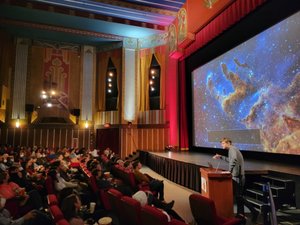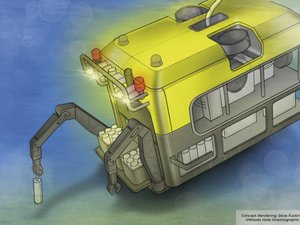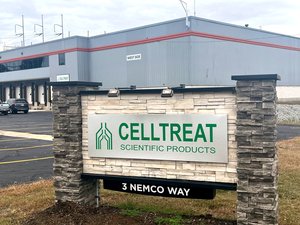
What if living cells could be transformed into a sensor? It might seem like something out of a sci-fi movie, but leave it to a team of MIT researchers to bring us remarkably close to making that a reality.
According to MIT, a group of engineers and biologists at the Institute has developed a new “living material." What the heck does that mean? It’s a strong, stretchy sheet of hydrogel that partially consists of living cells genetically engineered to light up when they come in contact with certain chemicals.
Using this new material, the team was able to make different wearable sensors. For example, they crafted a glove whose fingertips become illuminated when they touch contaminated items, as well as bandages that glow when they sense chemicals on a person’s skin.
“With this design, people can put different types of bacteria in these devices to indicate toxins in the environment, or disease on the skin,” Timothy Lu, associate professor of biological engineering and of electrical engineering and computer science, told MIT. “We’re demonstrating the potential for living materials and devices.”
The material could also be used for a variety of purposes including detecting contaminants at a crime scene, diagnosing medical infections and tracking pollution. The products made with the living materials developed at MIT could range from gloves and shoe soles to patches and even articles of clothing.
In addition to the living materials MIT has engineered, the group of researchers has created a model for other scientists to follow while attempting to develop similar products.
“The model helps us to design living devices more efficiently,” Xuanhe Zhao, an associate professor of mechanical engineering at MIT, said. “It tells you things like the thickness of the hydrogel layer you should use, the distance between channels, how to pattern the channels, and how much bacteria to use.”








